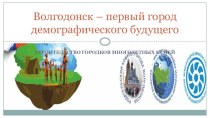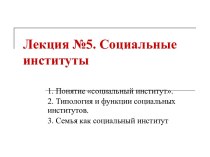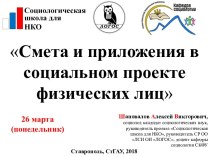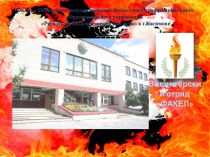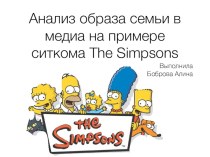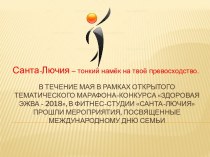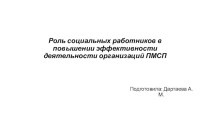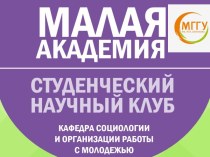- Главная
- Разное
- Бизнес и предпринимательство
- Образование
- Развлечения
- Государство
- Спорт
- Графика
- Культурология
- Еда и кулинария
- Лингвистика
- Религиоведение
- Черчение
- Физкультура
- ИЗО
- Психология
- Социология
- Английский язык
- Астрономия
- Алгебра
- Биология
- География
- Геометрия
- Детские презентации
- Информатика
- История
- Литература
- Маркетинг
- Математика
- Медицина
- Менеджмент
- Музыка
- МХК
- Немецкий язык
- ОБЖ
- Обществознание
- Окружающий мир
- Педагогика
- Русский язык
- Технология
- Физика
- Философия
- Химия
- Шаблоны, картинки для презентаций
- Экология
- Экономика
- Юриспруденция
Что такое findslide.org?
FindSlide.org - это сайт презентаций, докладов, шаблонов в формате PowerPoint.
Обратная связь
Email: Нажмите что бы посмотреть
Презентация на тему Barriers to communication. Interpersonal skills
Содержание
- 2. UNIT 1: COMMUNICATION & EMPLOYABILITY SKILLSInterpersonal Skills
- 3. By the end of this lesson…You will
- 4. Assessment Criteria - CoveredExplain the principles of effective communication (P2)
- 5. How do we Communicate?SenderCommunication MethodReceivere.g. people, computer systemse.g letter, memo, telephone calle.g. people, computer systems
- 6. Activity 1 - Methods of CommunicationOn the
- 7. Methods of CommunicationVerbal exchanges work for most
- 8. Activity 2 - SigningIn pairs and using
- 9. Ways of CommunicatingTypes of CommunicationVerbal e.g. chatting,
- 10. Verbal CommunicationTypes of verbal communicationsChattingEnquiringApologizingDelegatingDirectingAdvisingInformingChallengingDebatingT Think before you
- 11. Visual CommunicationVisual CommunicationChartsBody LanguageDrawingsMoving & Static ImagesLip ReadingPictures/MapsGraphsSigning
- 12. Techniques and CuesTo express emotion in verbal
- 13. Activity 1 – Negative and Positive LanguageIndividually,
- 14. Active EngagementCommunication doesn’t just happen when you
- 15. Types of QuestionsCommunication is not just two
- 16. Speed of ResponseQuestions can be answered in
- 17. Key TermsSummarise – to sum up the
- 18. Activity 2 – Barriers to CommunicationUsing the
- 19. Activity 2 – StatementsUse terminology that will
- 20. TaskGeneral skills:cultural differencesadapting content and style to
- 21. Скачать презентацию
- 22. Похожие презентации
UNIT 1: COMMUNICATION & EMPLOYABILITY SKILLSInterpersonal Skills
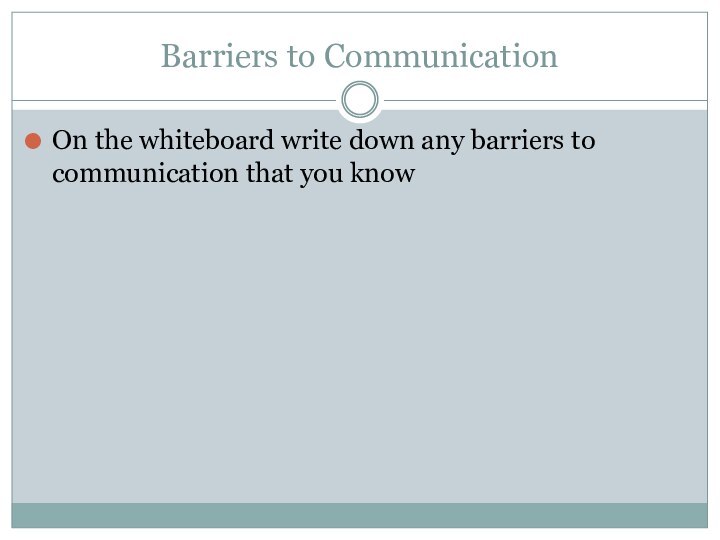



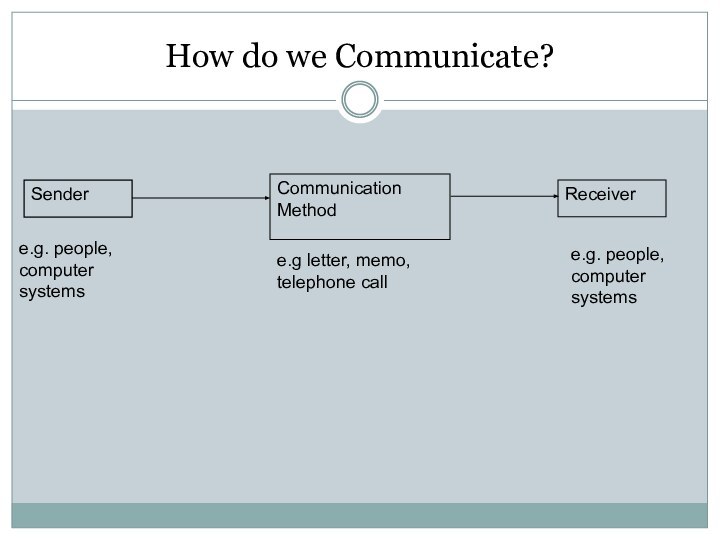


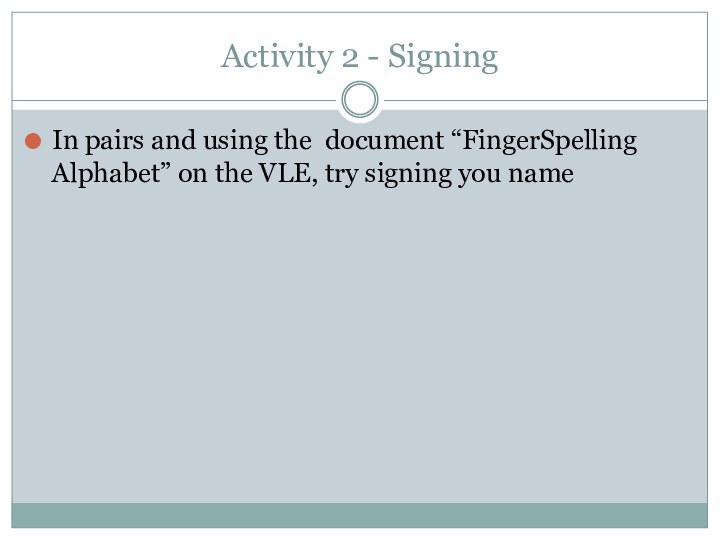


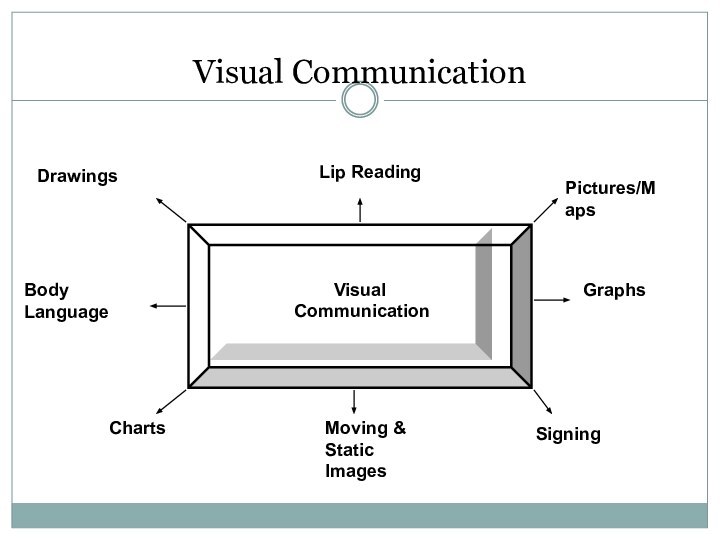
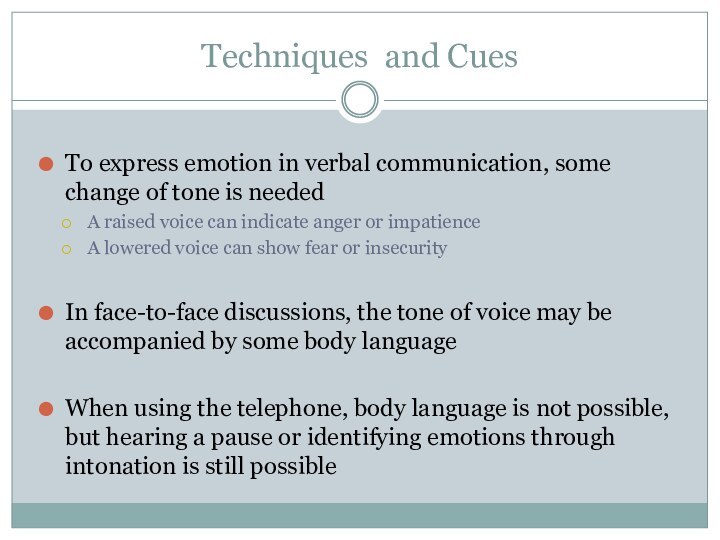


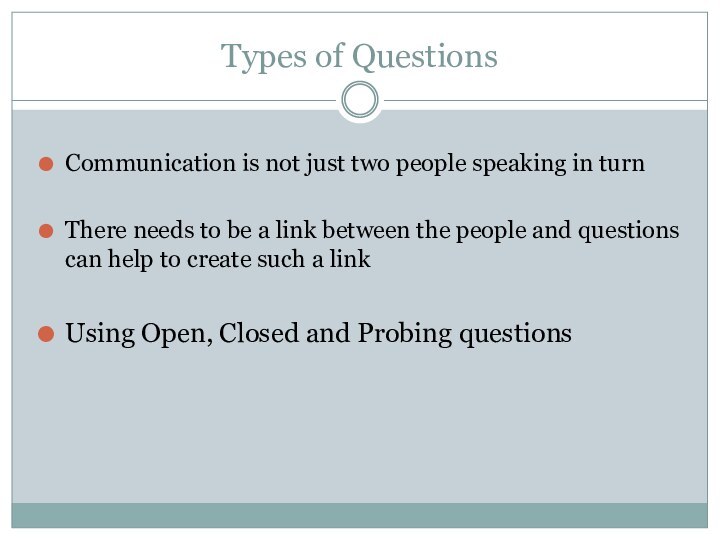

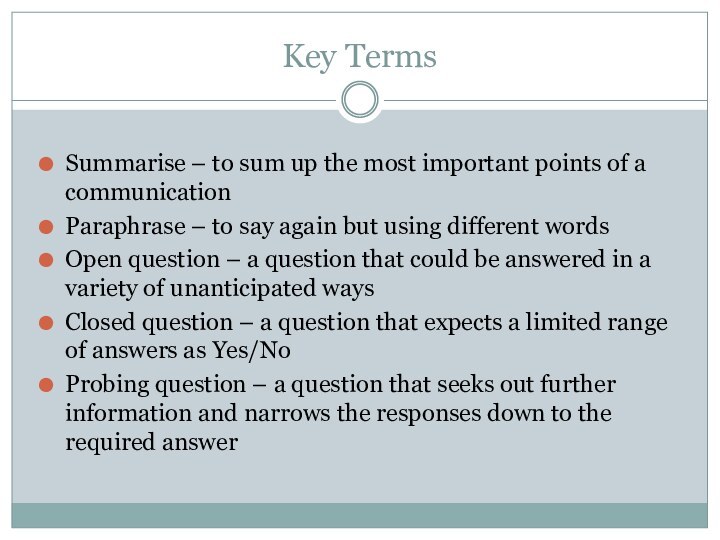
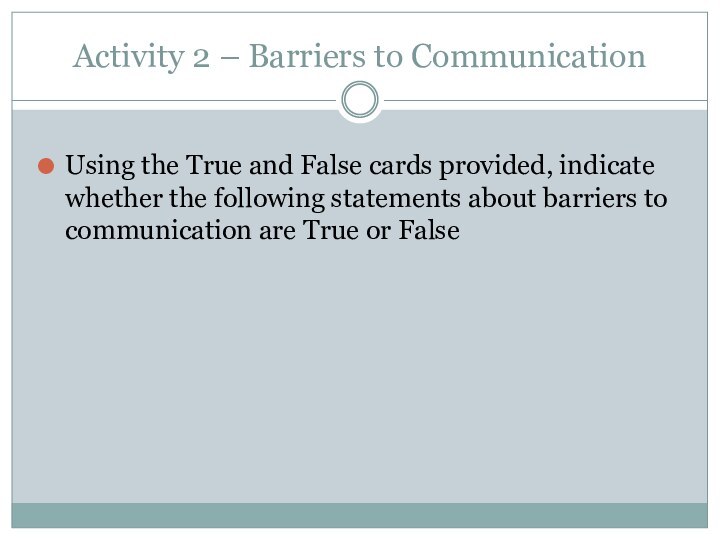
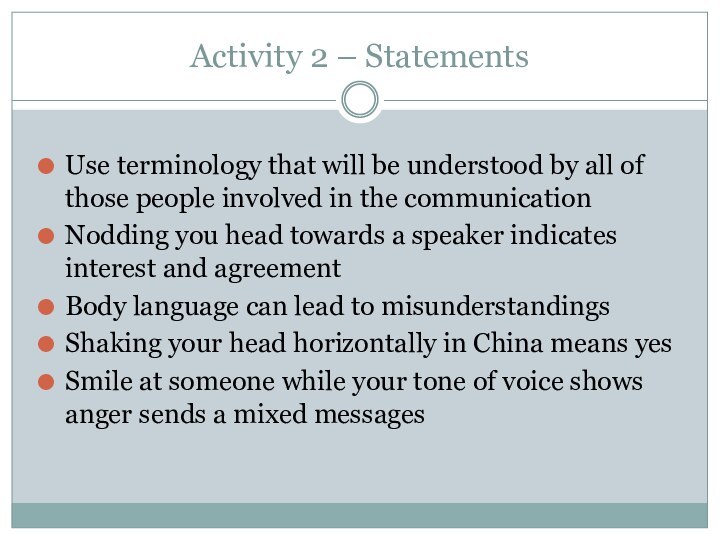


Слайд 3
By the end of this lesson…
You will know
Be
able to identify the different interpersonal communication skills
to explain what the interpersonal communication skills are
Слайд 5
How do we Communicate?
Sender
Communication Method
Receiver
e.g. people, computer systems
e.g
letter, memo, telephone call
e.g. people, computer systems
Слайд 6
Activity 1 - Methods of Communication
On the post-it
notes provided, write down all the methods of communication
that you knowWhen you are finished, stick the post-it notes to the cupboard at the front of the classroom
Слайд 7
Methods of Communication
Verbal exchanges work for most people
But
for those who cannot speak, using sign language or
lip reading for those who maybe deafUsing recognised signing systems as an aid for communication with the deaf (www.british-sign.co.uk)
Written communication (to be covered next week)
Слайд 8
Activity 2 - Signing
In pairs and using the
document “FingerSpelling Alphabet” on the VLE, try signing you
name
Слайд 9
Ways of Communicating
Types of
Communication
Verbal
e.g. chatting, apologising
Written
e.g.
letter, application form
Visual
Signing, Lip Reading, Pictures, Drawings
Expressive
Smiling, frowning, hugging
Слайд 10
Verbal Communication
Types of verbal communications
Chatting
Enquiring
Apologizing
Delegating
Directing
Advising
Informing
Challenging
Debating
T Think before you speak
A Analyse
what is said before you respond
L Listen to all aspects
of the conversationK Kind words are free
I Insults carry a price
N Never seem distracted when somebody is talking
G Give as much attention to the conversation as possible
Acronym that ensures success with this type of communication
Слайд 11
Visual Communication
Visual
Communication
Charts
Body Language
Drawings
Moving & Static Images
Lip Reading
Pictures/Maps
Graphs
Signing
Слайд 12
Techniques and Cues
To express emotion in verbal communication,
some change of tone is needed
A raised voice can
indicate anger or impatienceA lowered voice can show fear or insecurity
In face-to-face discussions, the tone of voice may be accompanied by some body language
When using the telephone, body language is not possible, but hearing a pause or identifying emotions through intonation is still possible
Слайд 13
Activity 1 – Negative and Positive Language
Individually, look
at the list of positive and negative statements on
the Whiteboard, identify which statements are positive and which are negativeOn the second slide, sort the positive and negative words under the correct headings
Swap seats with another student and check each others work, do you agree?
Слайд 14
Active Engagement
Communication doesn’t just happen when you are
speaking
You can and do communicate in several ways while
the other person speaksBy paying attention and reacting to what the other person is saying, for example, with a nod or a frown
Слайд 15
Types of Questions
Communication is not just two people
speaking in turn
There needs to be a link between
the people and questions can help to create such a linkUsing Open, Closed and Probing questions
Слайд 16
Speed of Response
Questions can be answered in a
number of ways
Quickly and maybe with passion
Slowly after what
looks like consideration of all the issuesSomething in between or not at all
Answering a question with a question is a delaying tactic that is often used in discussions
Repeating the question back to the questioner is another delaying tactic that sometimes works
Слайд 17
Key Terms
Summarise – to sum up the most
important points of a communication
Paraphrase – to say again
but using different wordsOpen question – a question that could be answered in a variety of unanticipated ways
Closed question – a question that expects a limited range of answers as Yes/No
Probing question – a question that seeks out further information and narrows the responses down to the required answer
Слайд 18
Activity 2 – Barriers to Communication
Using the True
and False cards provided, indicate whether the following statements
about barriers to communication are True or False
Слайд 19
Activity 2 – Statements
Use terminology that will be
understood by all of those people involved in the
communicationNodding you head towards a speaker indicates interest and agreement
Body language can lead to misunderstandings
Shaking your head horizontally in China means yes
Smile at someone while your tone of voice shows anger sends a mixed messages
Слайд 20
Task
General skills:
cultural differences
adapting content and style to suit
audience needs
question and answer
accuracy
techniques for engaging audience
Produce a leaflet
that explains the principles of effective communication. It must discuss 3 points from each of the following areas:Interpersonal skills:
methods
techniques and cues
positive and negative language
active engagement
barriers
types of question



